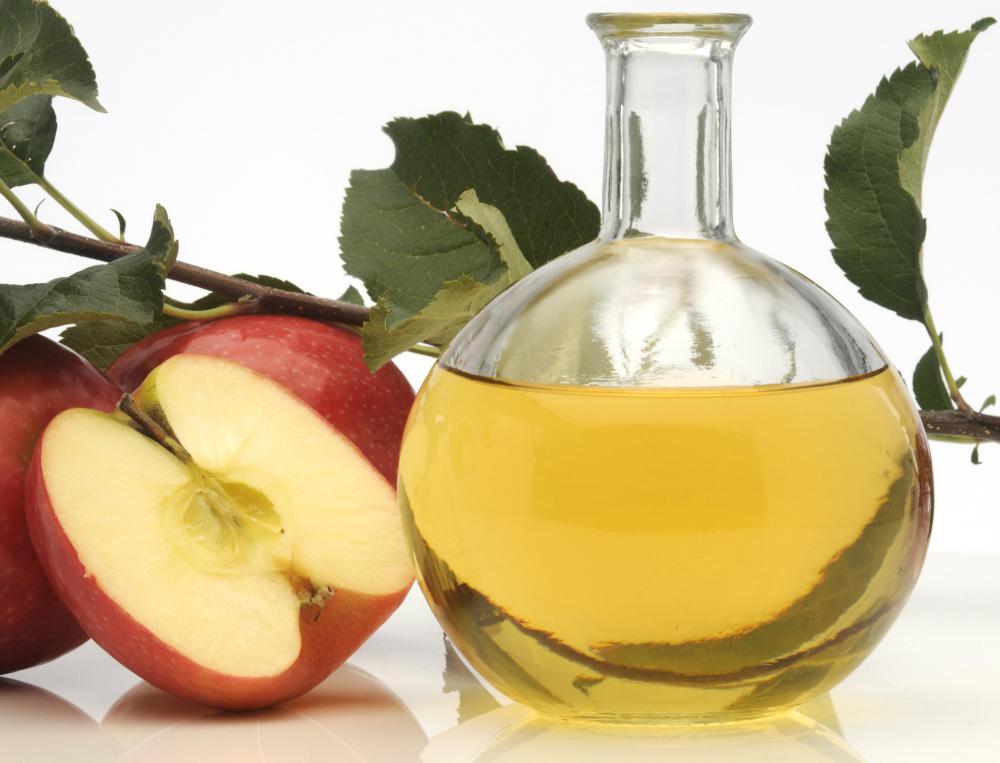At HomeQuestionsAnswered, we're committed to delivering accurate, trustworthy information. Our expert-authored content is rigorously fact-checked and sourced from credible authorities. Discover how we uphold the highest standards in providing you with reliable knowledge.
What Are the Best Tips for Treating Mold on Seedlings?
Mold on seedlings is a common problem that many gardeners encounter after they transplant seedlings, and it needs to be treated as soon as possible to prevent extensive damage. Natural mold treatments are usually recommended for these delicate plants. Sulfur, baking soda, vinegar, chamomile tea, and sphagnum moss can all be used to get rid of and prevent mold on seedlings.
Since mold is a fungus, a commercial fungicide may be used to treat mold on seedlings. Many commercial fungicides contain sulfur, which has been used for years as both a pesticide and a fungicide. These types of fungicides are often available in powder or liquid form. Sulfur may damage some delicate seedlings, however, and it is not advisable to use it with other pesticides or fungicides.

Baking soda can also be used as an organic way to treat mold, and it is considered a relatively safe way to get rid of mold on seedlings. Approximately 1 teaspoon (5 milliliters) of baking soda should be mixed with about a quart (950 milliliters) of water. A few drops of a very mild liquid soap can also be added to this mixture to ensure that it sticks to the leaves. Seedlings can then be sprayed with this mixture regularly, usually every few days.

Among its many other uses, vinegar can also be used to get rid of mold on seedlings. Apple cider vinegar is usually recommended. One part apple cider vinegar can be mixed with nine parts water to create a weak solution. Misting the seedlings with this mixture can also help get rid of mold and prevent mold on small plants.
Some gardeners may also use chamomile tea to rid their seedlings of mold. A cup of regular chamomile tea can be brewed and diluted in a spray bottle. After the mixture cools, it can be sprayed on seedlings.

Sphagnum moss can also be used to help prevent mold on seedlings. Purchasing ground sphagnum moss is usually the easiest, but regular sphagnum moss can also be crushed between the fingers. It can be sprinkled on top of the soil surrounding the seeds or seedlings. The acidic properties of the moss stop the growth of the mold.
Preventing mold on seedlings is usually much easier than getting rid of it. Since mold and other types of fungi thrive in wet conditions, it is important to make sure that soil in which seedlings are growing is kept moist, but not soaked. The space between the seedlings should also allow for proper air circulation. A fan set on low can help circulate the air around the seedlings as well as evaporate any excess water.
AS FEATURED ON:
AS FEATURED ON:














Discuss this Article
Post your comments